Ollantaytambo To Lima
The situation here is very complicated and rooted in history. Emotions are running very high on both sides of the issue and the country is at a boiling point.
The protesters are predominantly indigenous people from the southern part of the country. Although the area has a wealth of resources and the region is rich in culture which is the focus of the tourism industry, this part of the country remains very poor. The people feel exploited and that racism is systematic. They call themselves ‘the forgotten ones’ and feel that they have been left behind.




Collecting donations from Ollantaytambo community members for the trip to Lima.
The power and money are in the capital Lima and are predominantly held by those of Spanish descent. A report came out last week rating countries on the level of inequality from rich to poor. Peru ranked as the 4th highest rate of inequality of any country in the world and also ranked near the top in a recent global report on corruption. It is a bad combination that often goes hand in hand.
Those holding power in Lima have dismissed the concerns and voices of the indigenous for decades and continue to during this upheaval. They have brandished all the protesters as terrorists and claim they are getting their money from criminal organizations and outside sources to organize and go to the capital of Lima to protest.

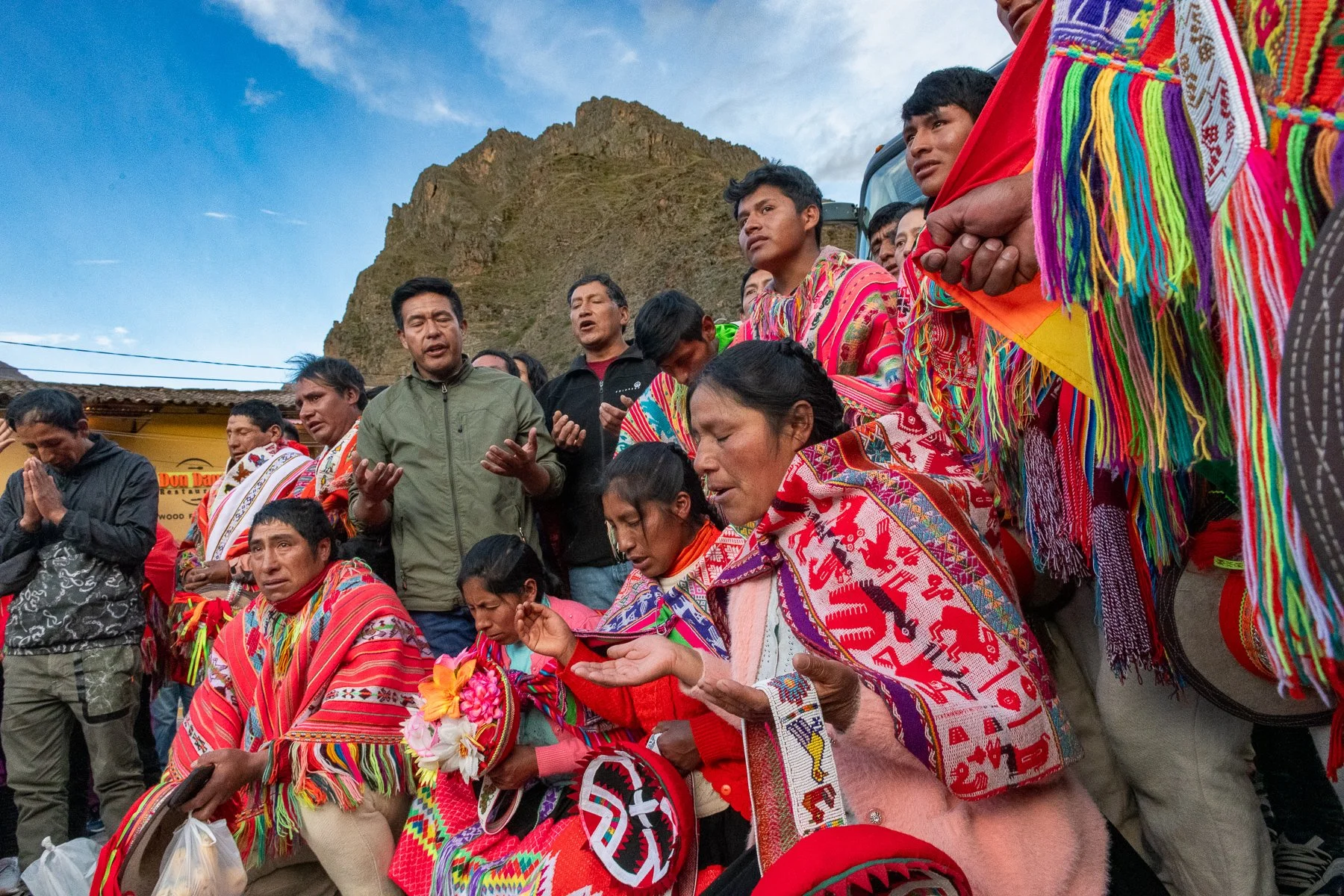
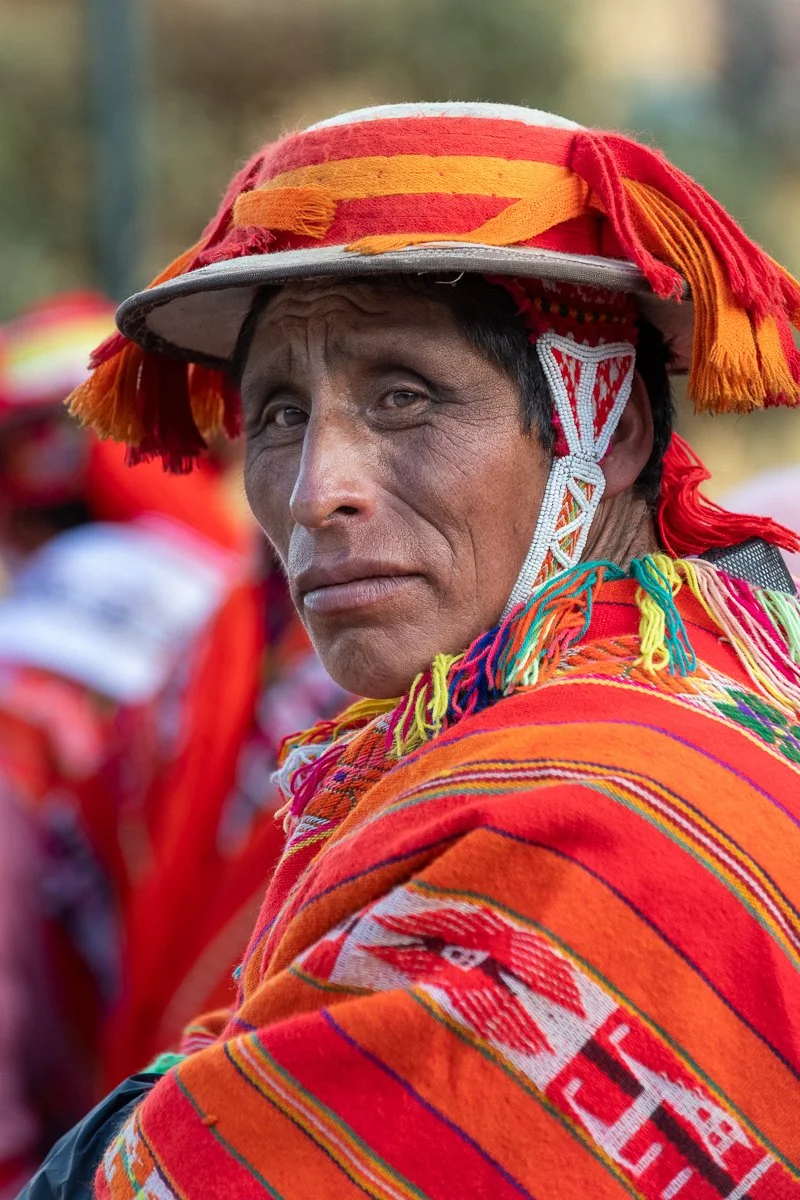

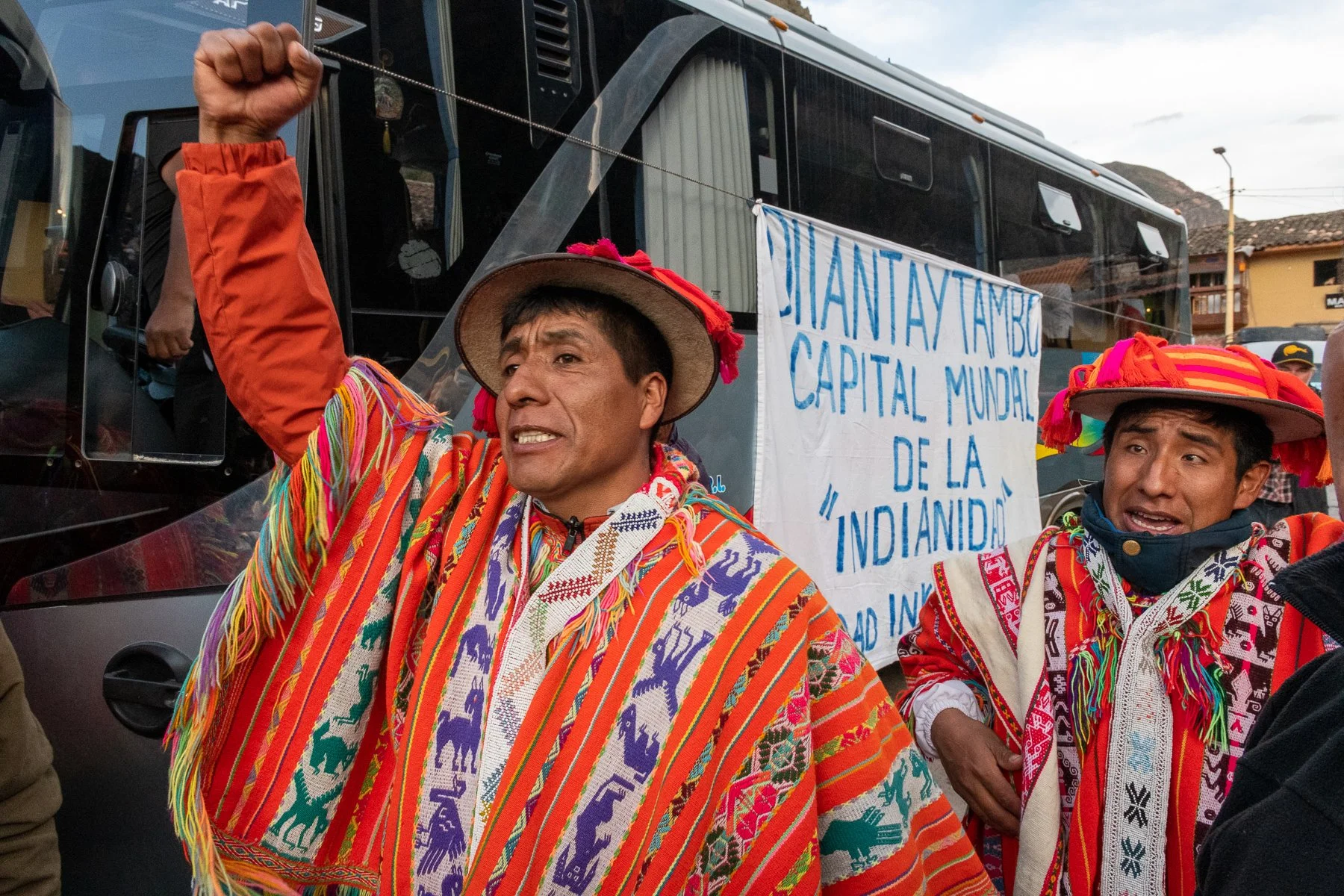
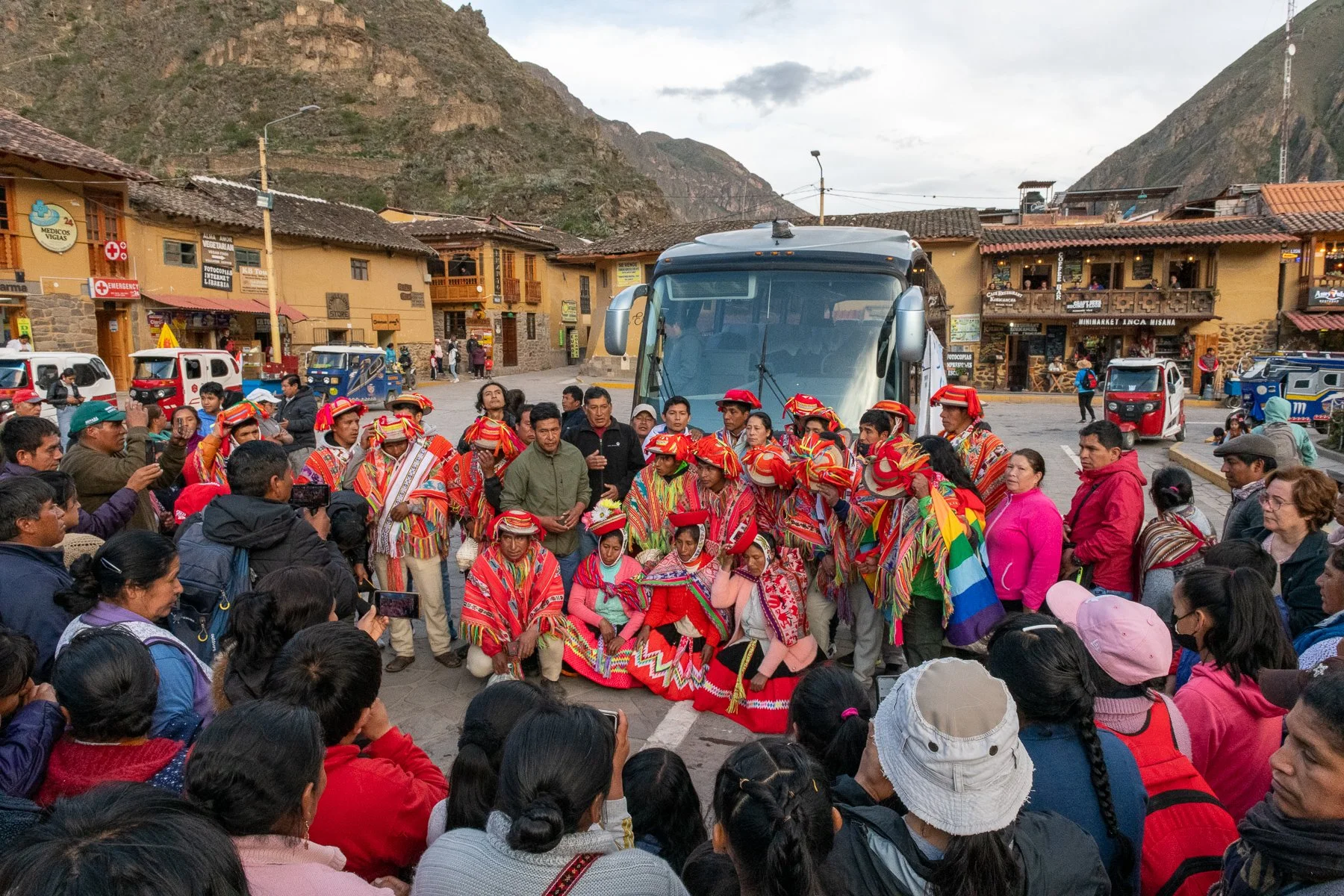

Prayers and goodbyes before departing Ollantaytambo.
I wanted to investigate this claim at the ground level, to see who the protesters are, how they are organizing and being funded, why they are angry, and what they want.
I decided to go to Ollantaytambo where protests had taken place a few days earlier and the railroad tracks leading from there to Machu Picchu had been damaged. There was talk of more protests about to occur there. When I arrived I was able to find the protest leaders and learned they had made the decision to go to Lima instead of protesting locally. I spent time with them as they went to members of the community raising funds and gaining support.





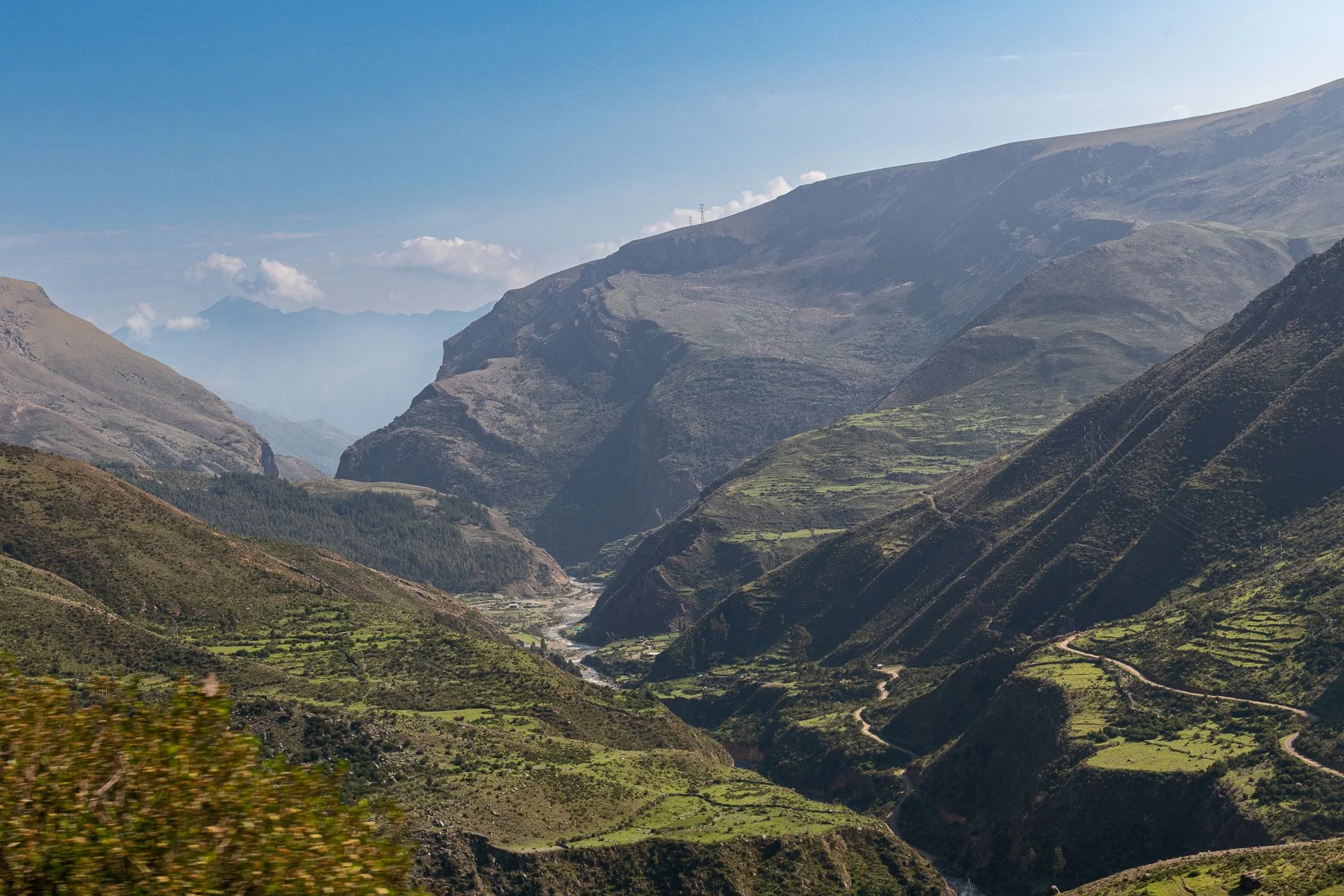





Roadblocks and challenges on the road to Lima.
Most of the community supported their efforts and donated money, food, and supplies for them to make the journey. The support was coming from people that had very little but gave because they believe in the cause. In the end, 30 community members were selected to go. It was collectively decided who would go.
They departed with me in tow on the evening of January 24th and arrived on the morning of January 26th. The journey by bus took nearly 40 hours, which is twice the amount of time it normally would take. The blockades set for the protests along the road slowed their progress and police in Ica attempted to prevent them from getting through to Lima.
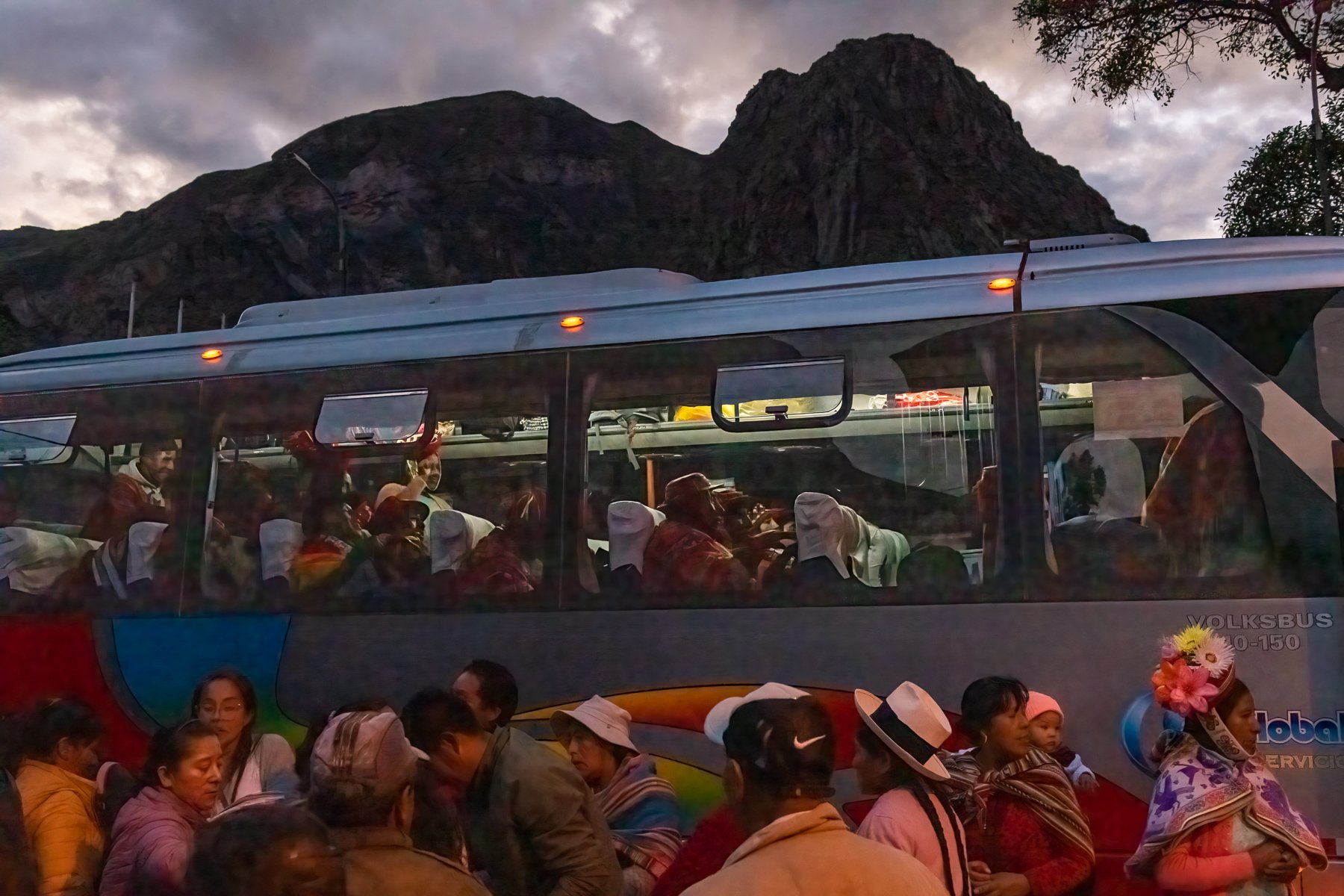

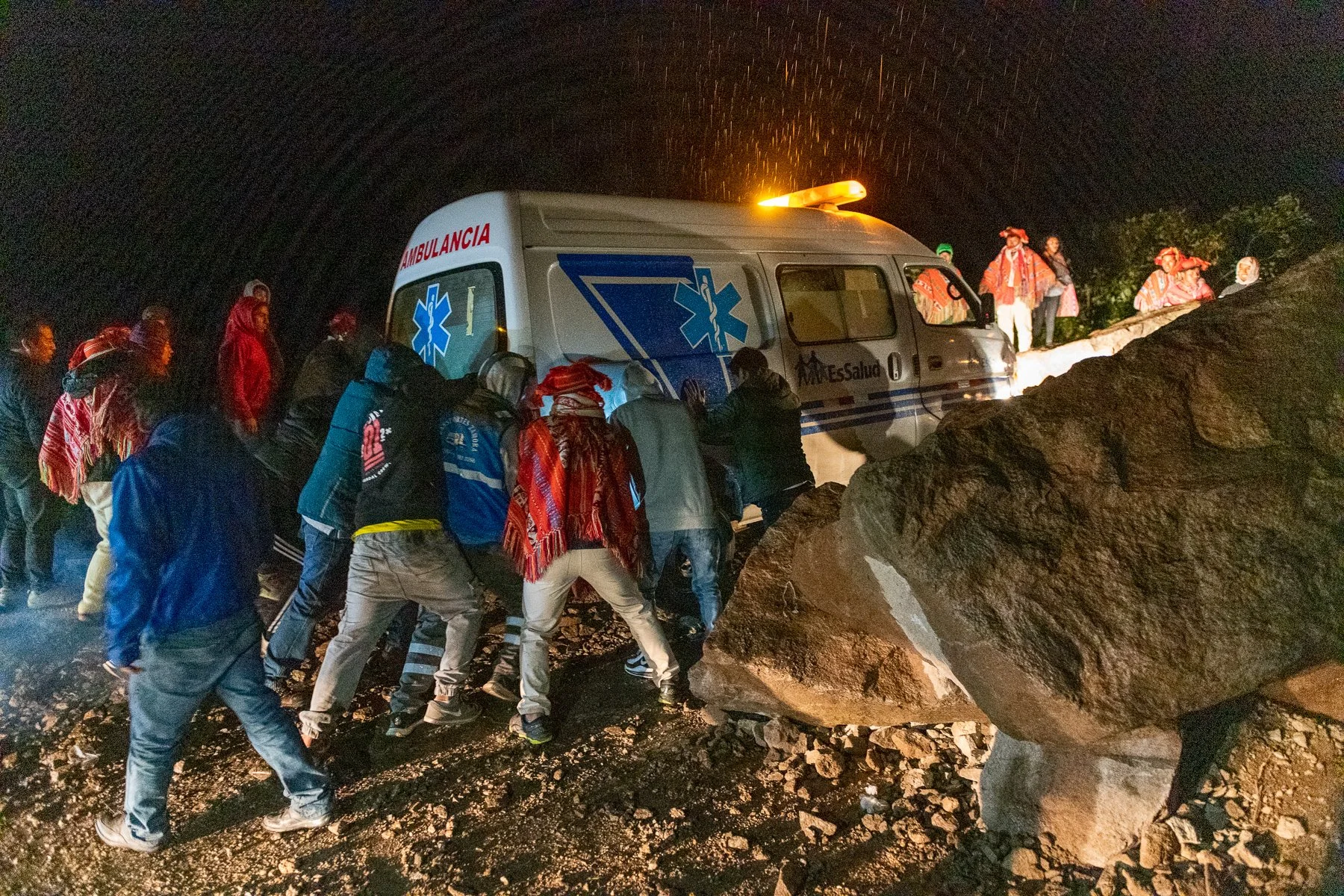





Danger and support along the way.
When they arrived in Lima, they joined the thousands of other protesters in the historic center of Lima for five days and did so peacefully. Although clashes between police and protesters turned violent during these protests, none of the members from Ollantaytambo took part although there were those who wanted to join. it was a small percentage of the thousands of protesters that engaged in these clashes.
Their message is that they are not terrorists and that their demands are legitimate. Their culture and resources are being exploited and they do not benefit as their lives remain difficult without access to education and health services and little hope for improvement.


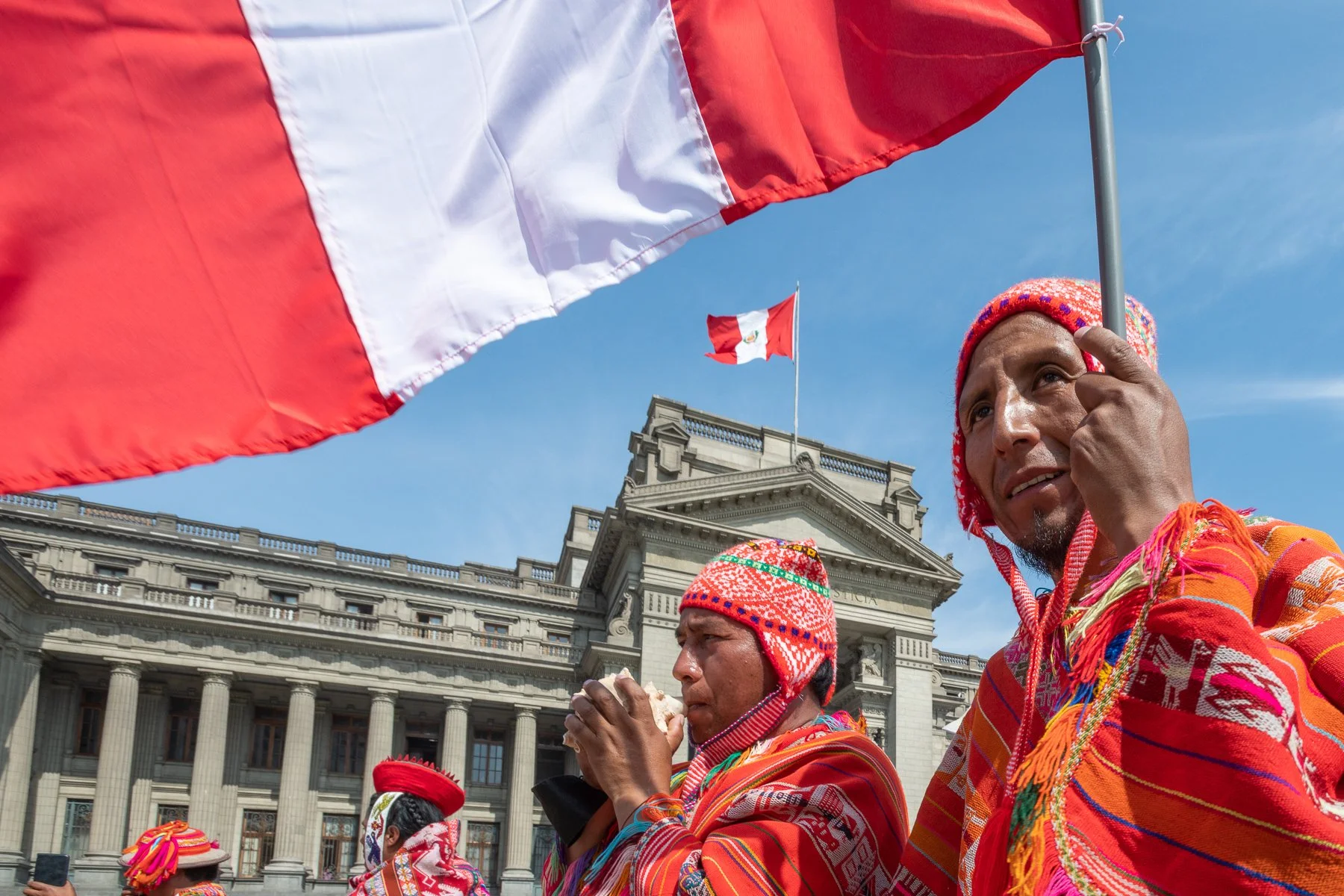
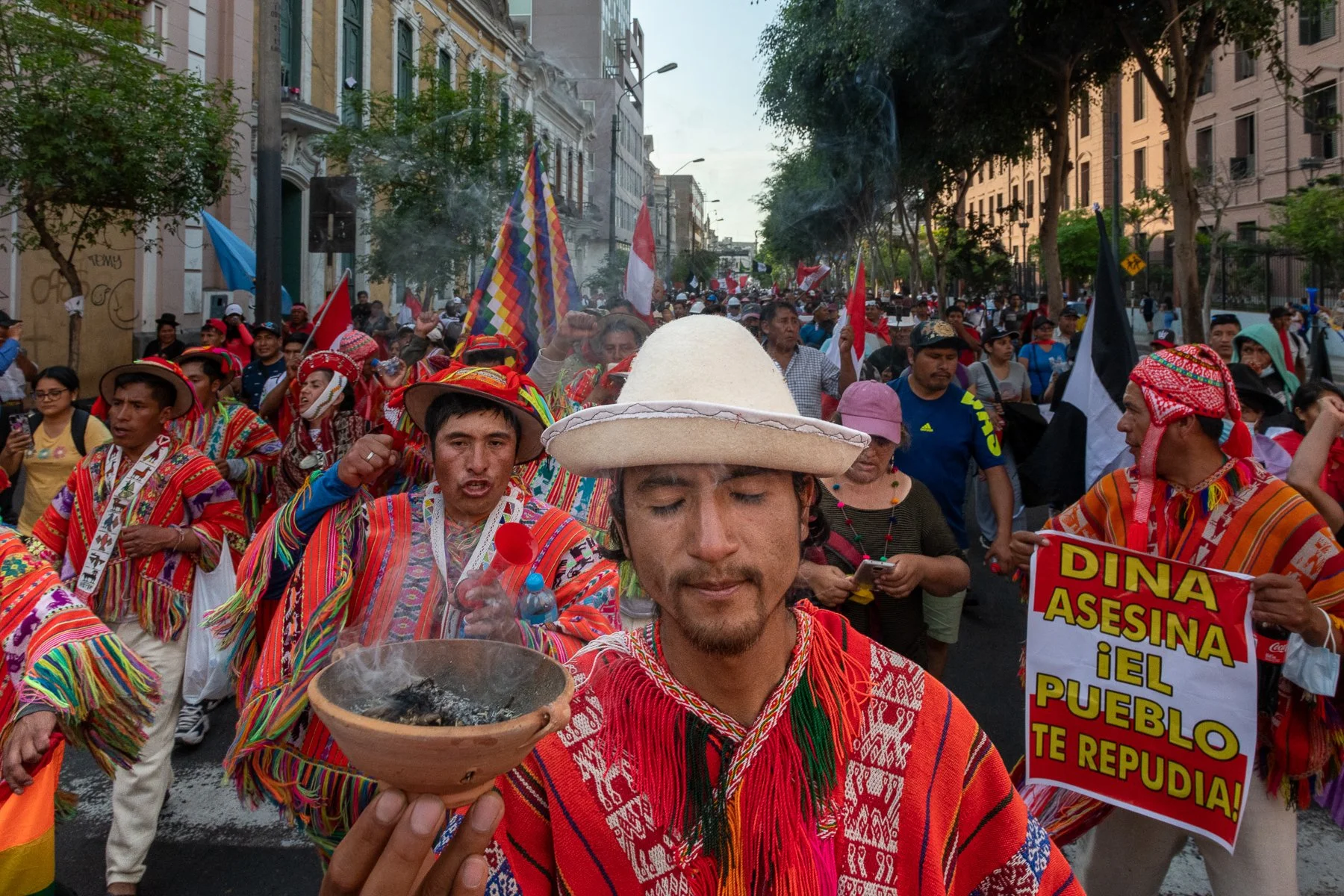
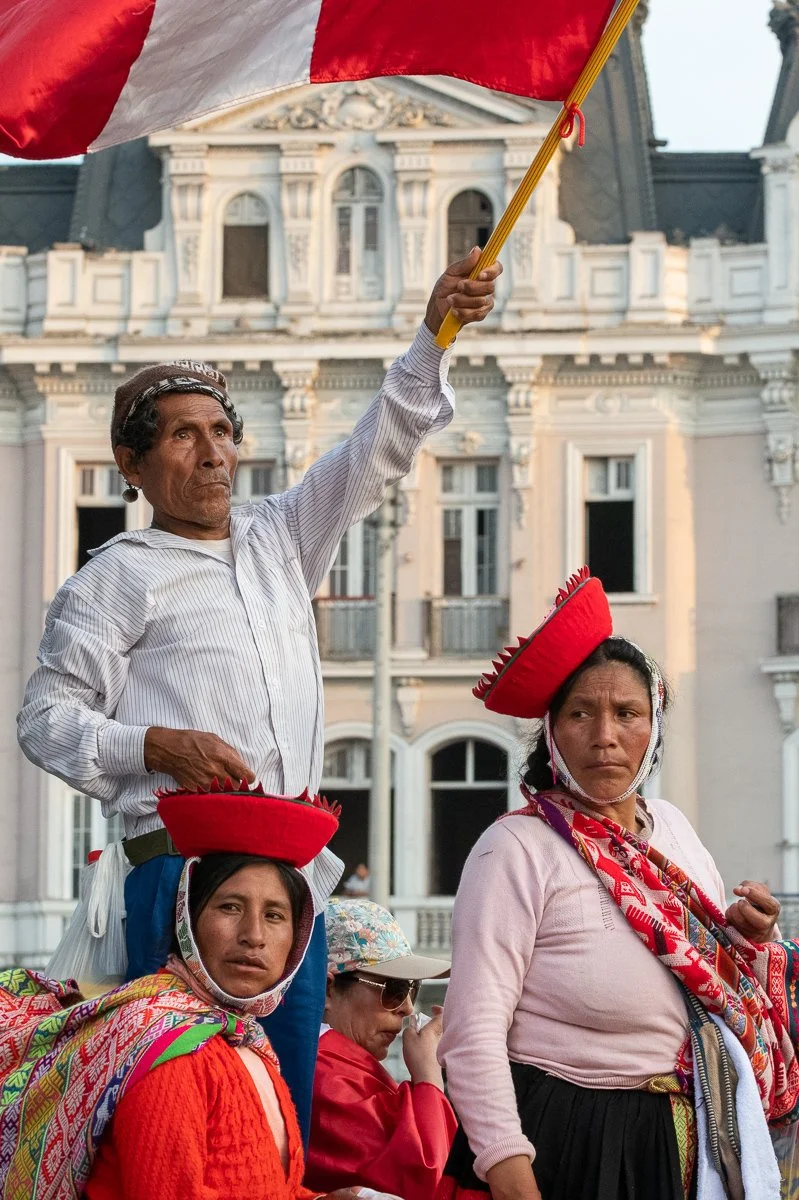
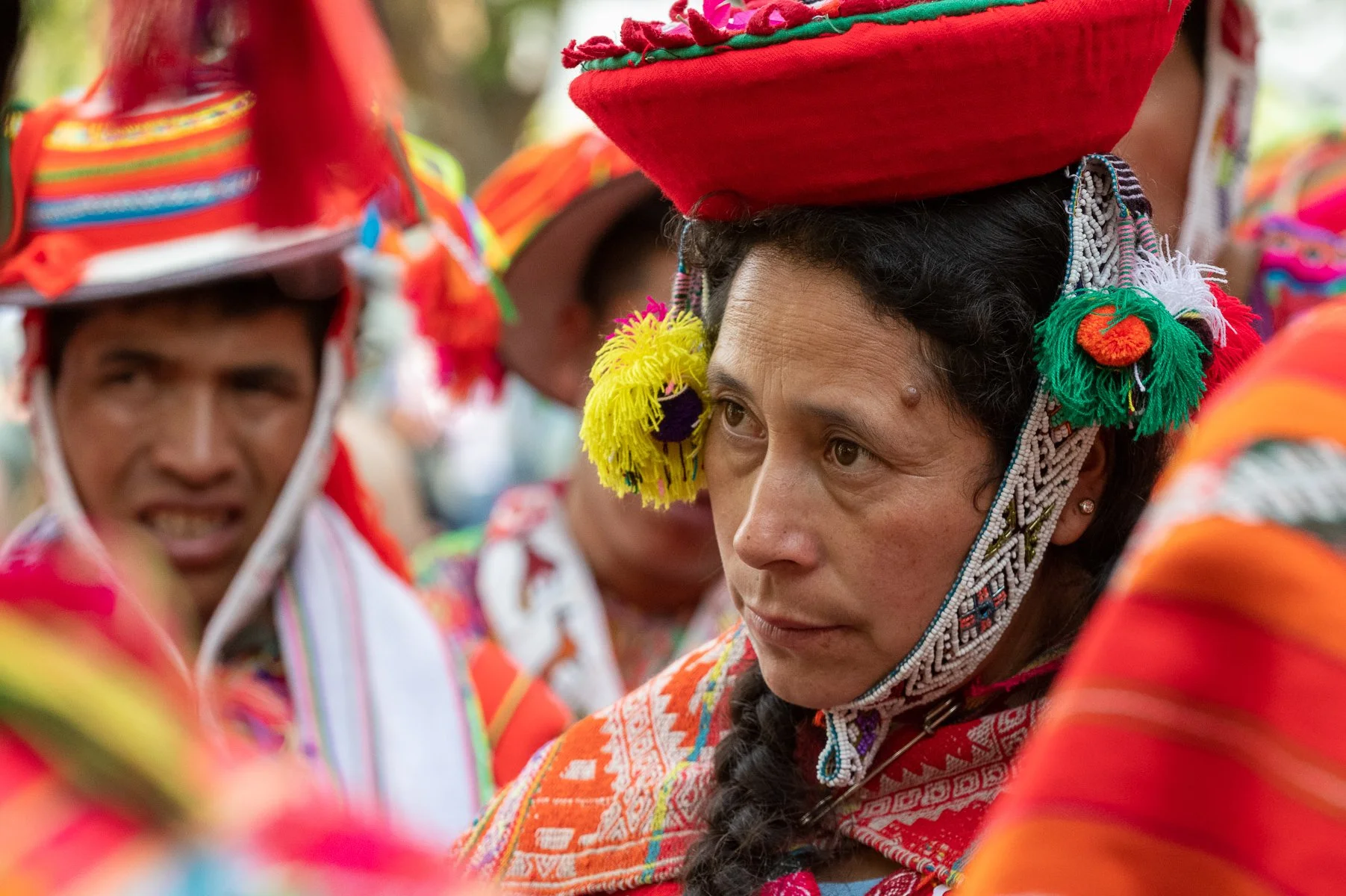
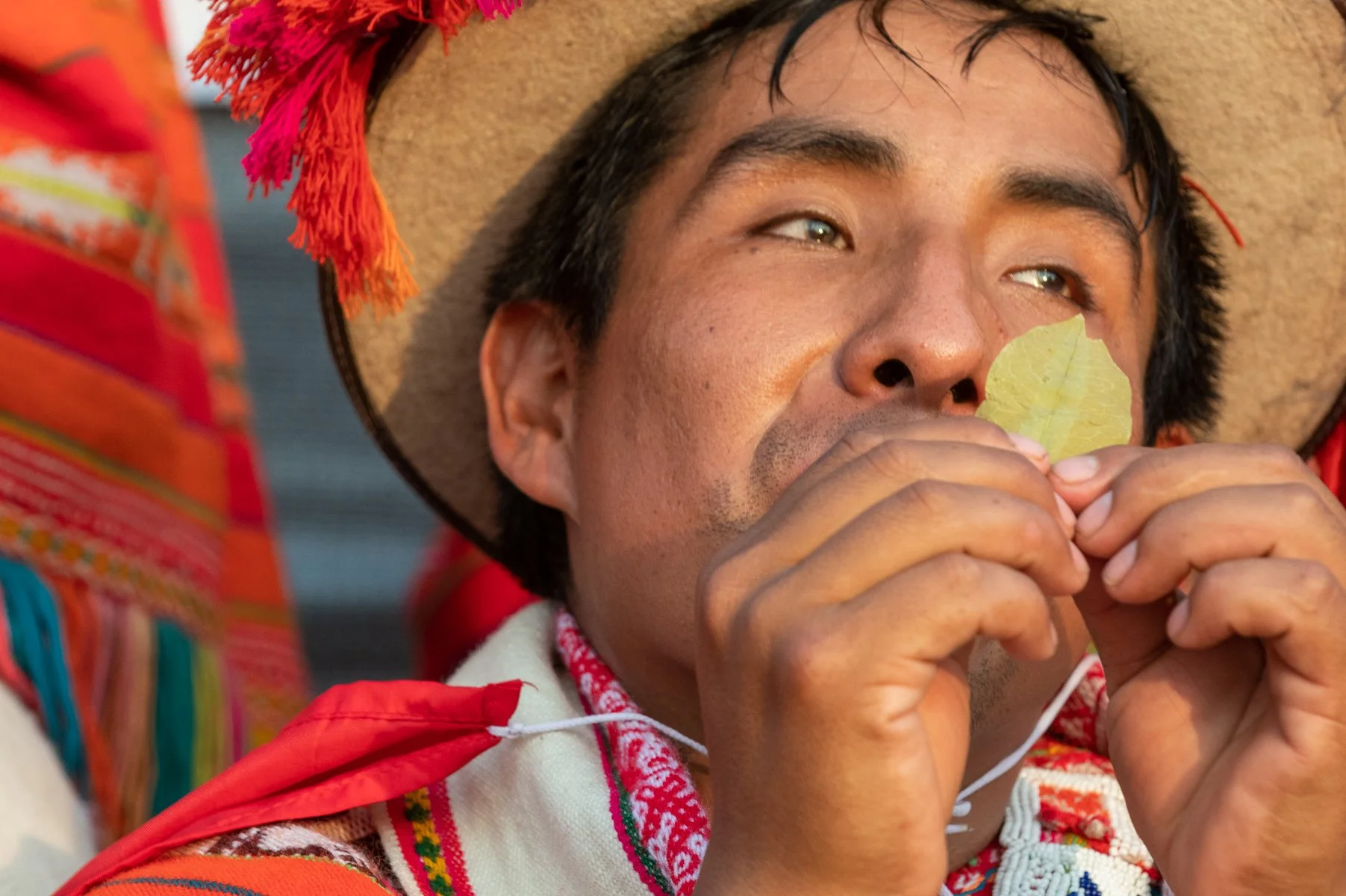

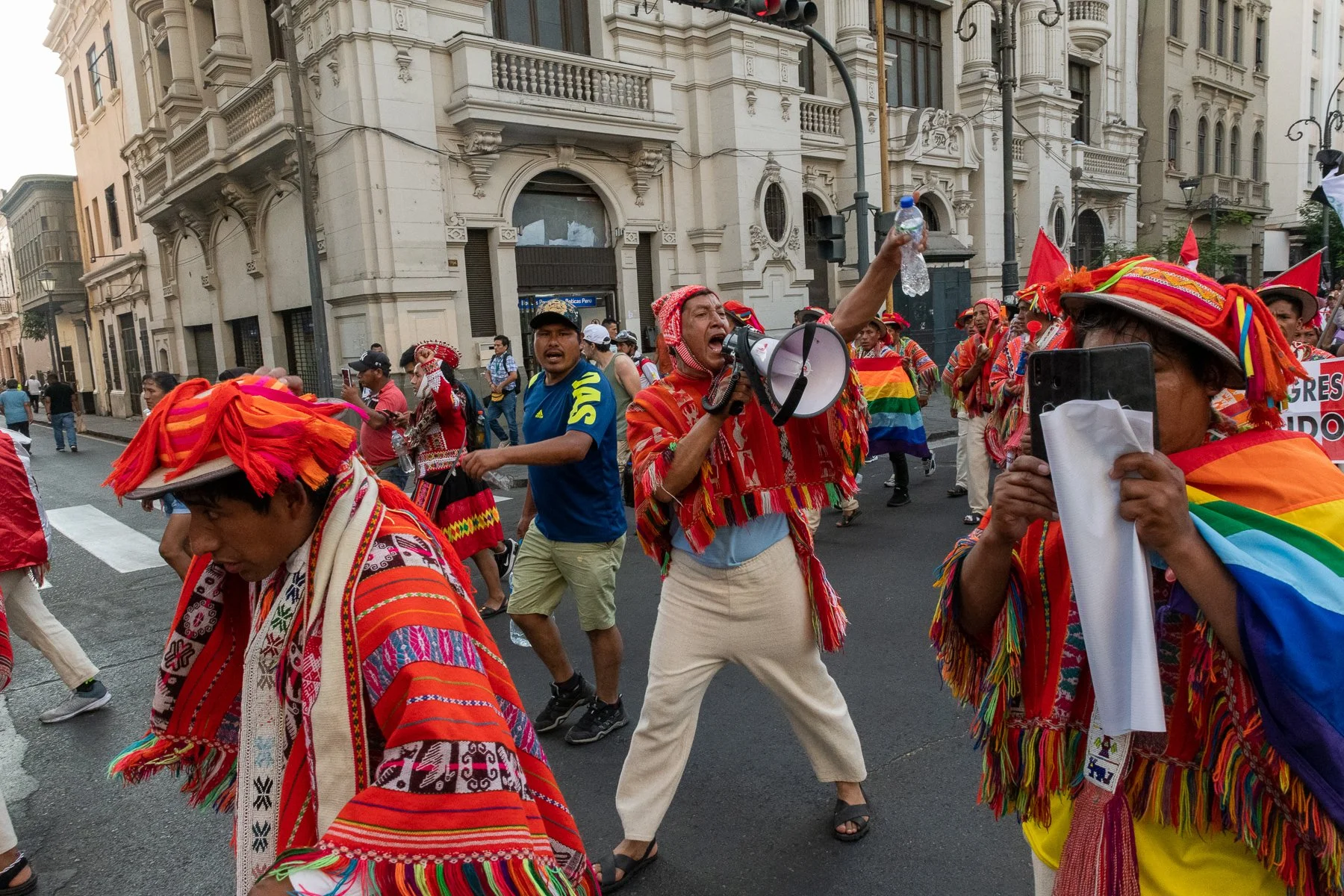
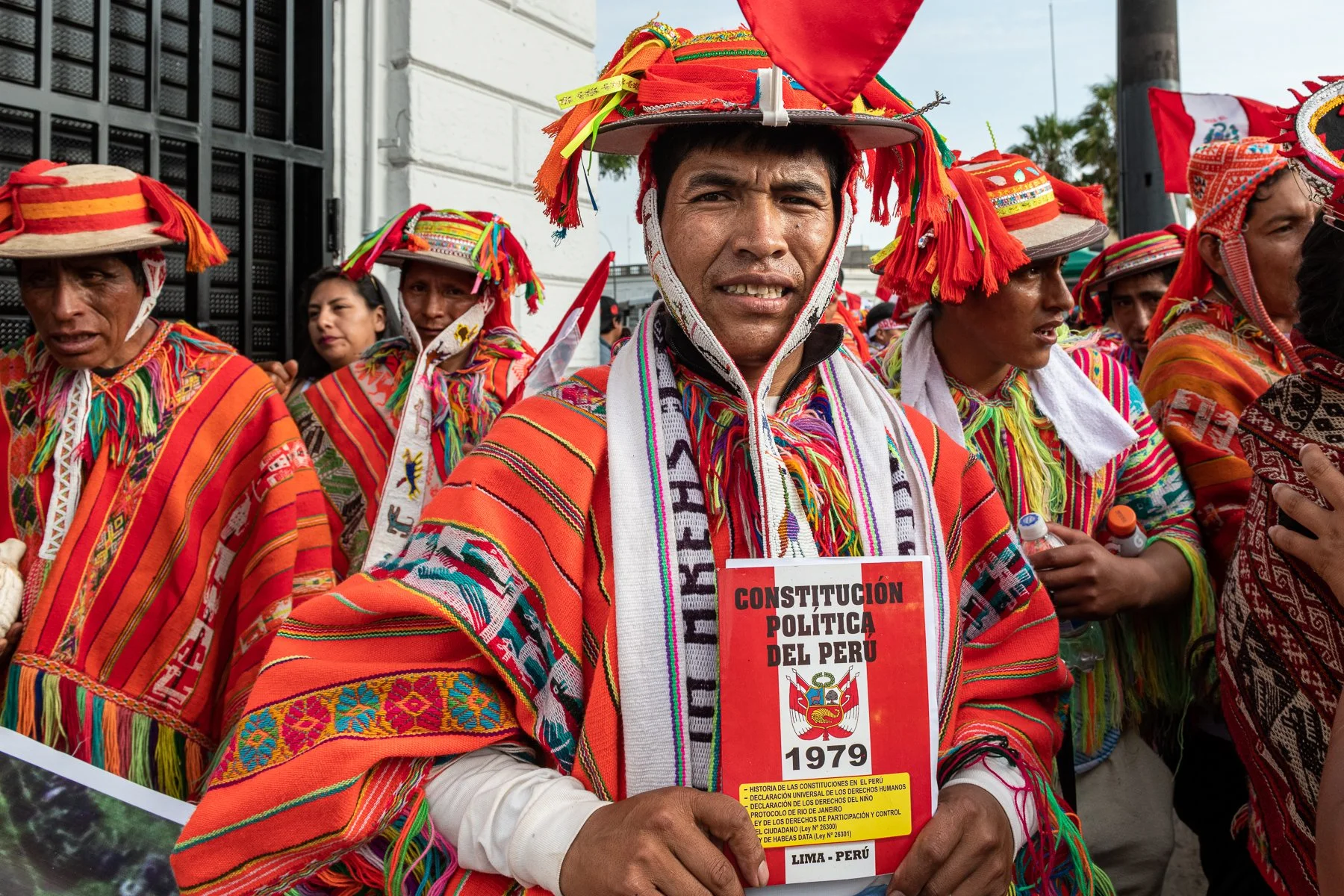
This is the message they presented to the media and to the regional United Nations office when they were granted an audience. Although they have returned home now, they vow not to give up the fight because they feel they are fighting for their and their children’s futures. They also feel that the country is moving towards a dictatorship and that they are fighting for democracy.

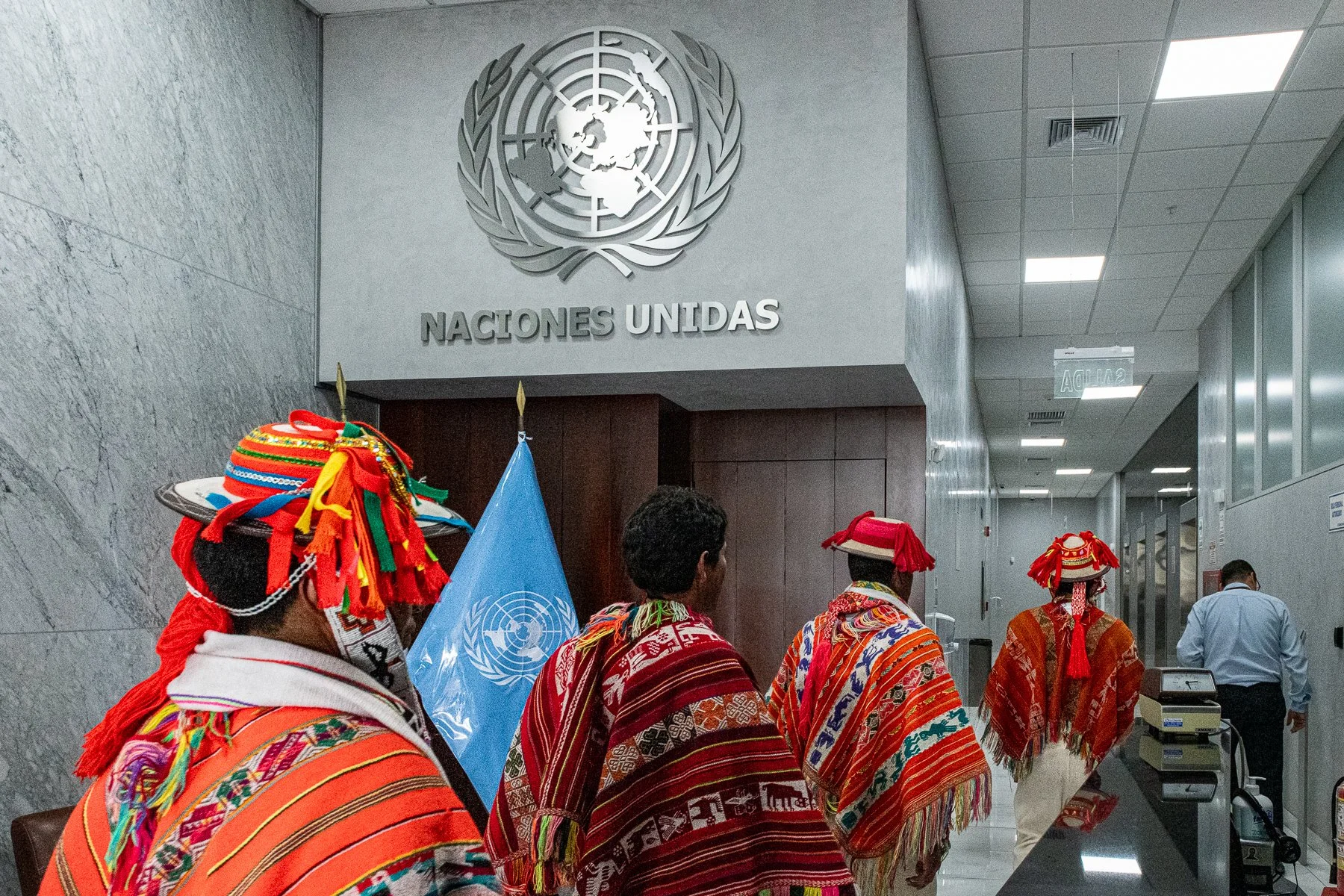
Taking their issues to the regional office of the United Nations in Lima.
I will be back with another update soon. Things have calmed here in Cusco at the moment but this is far from over.
Best,
MB


